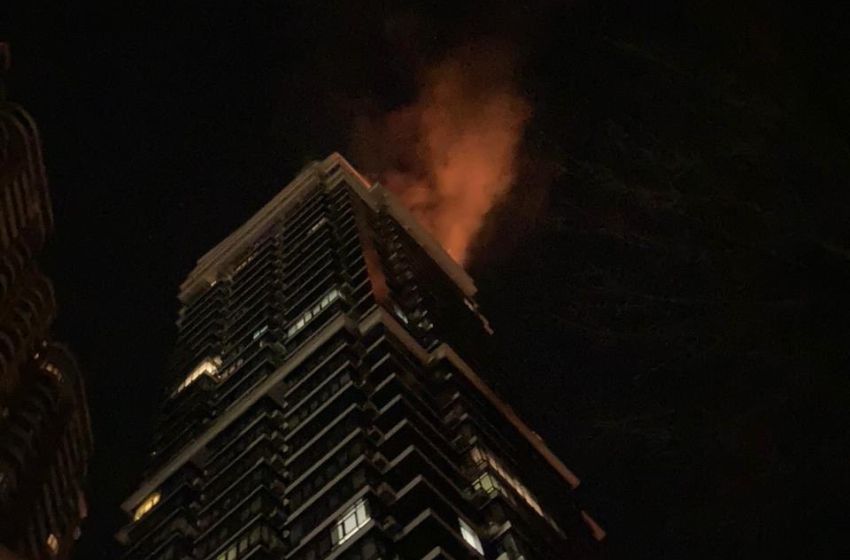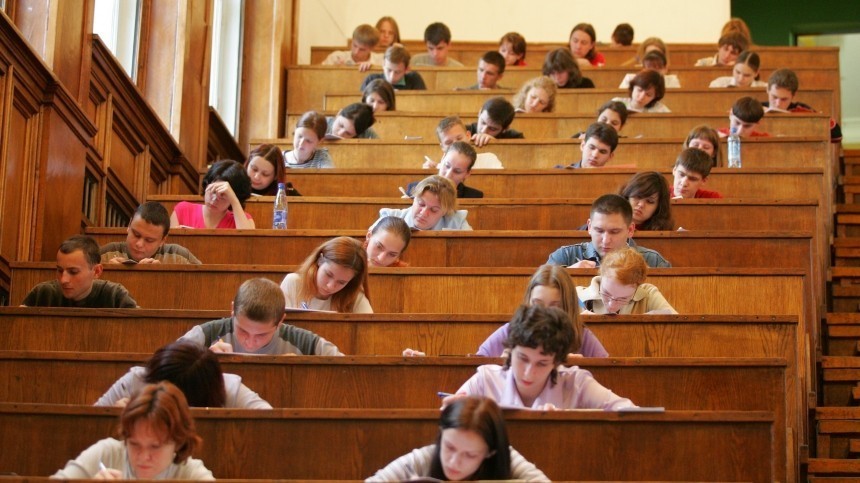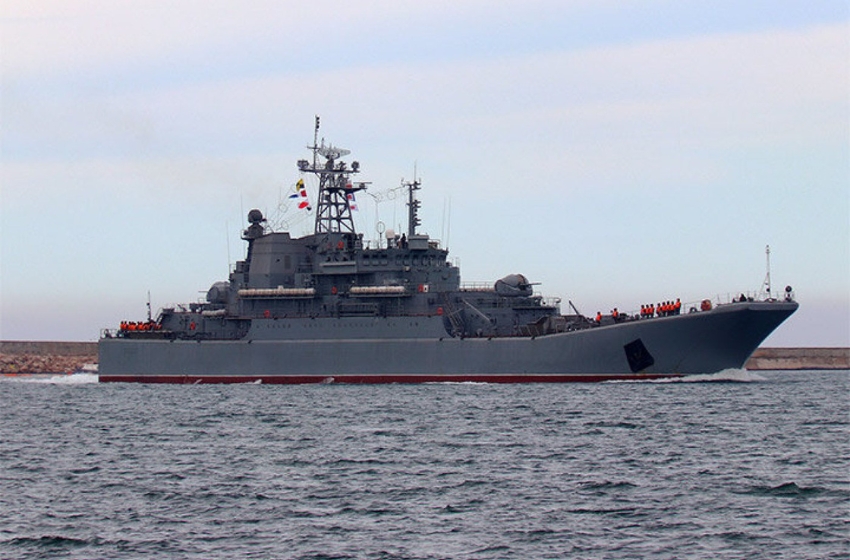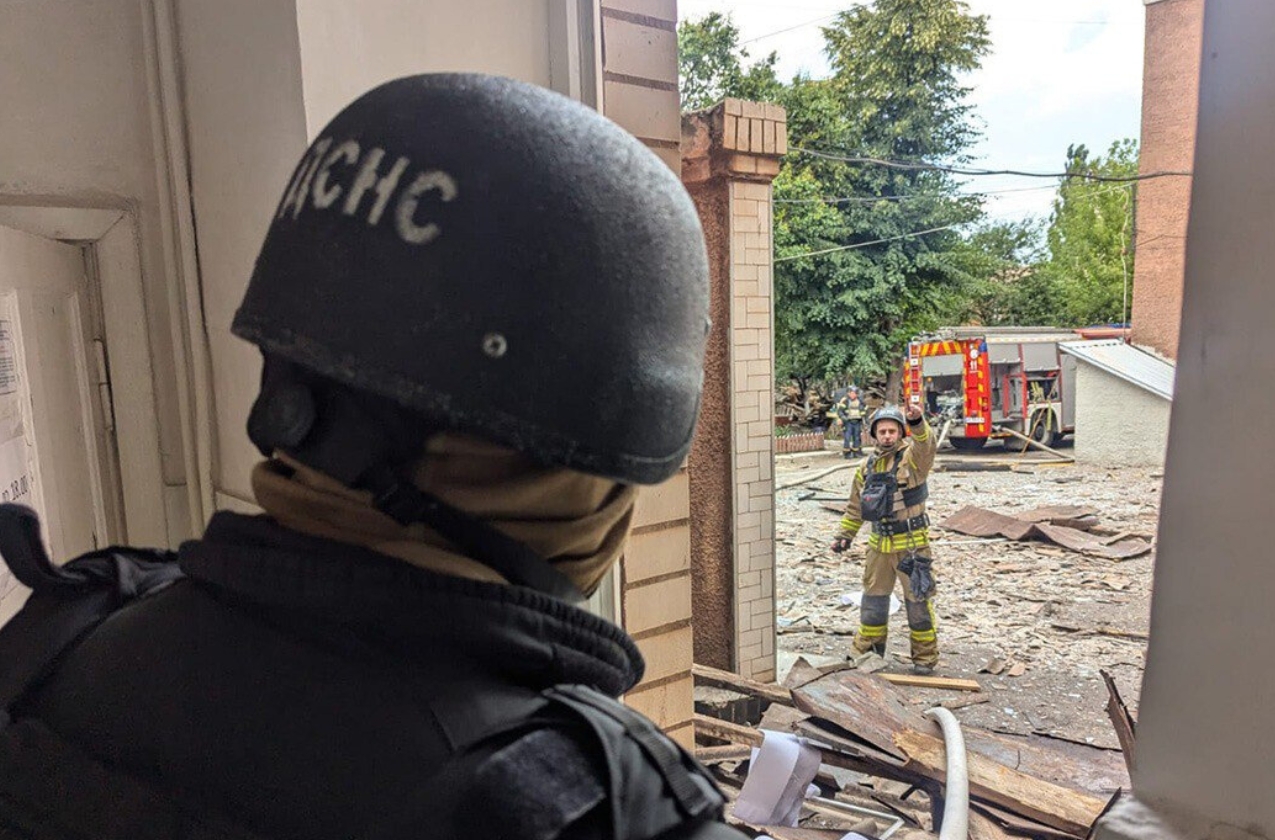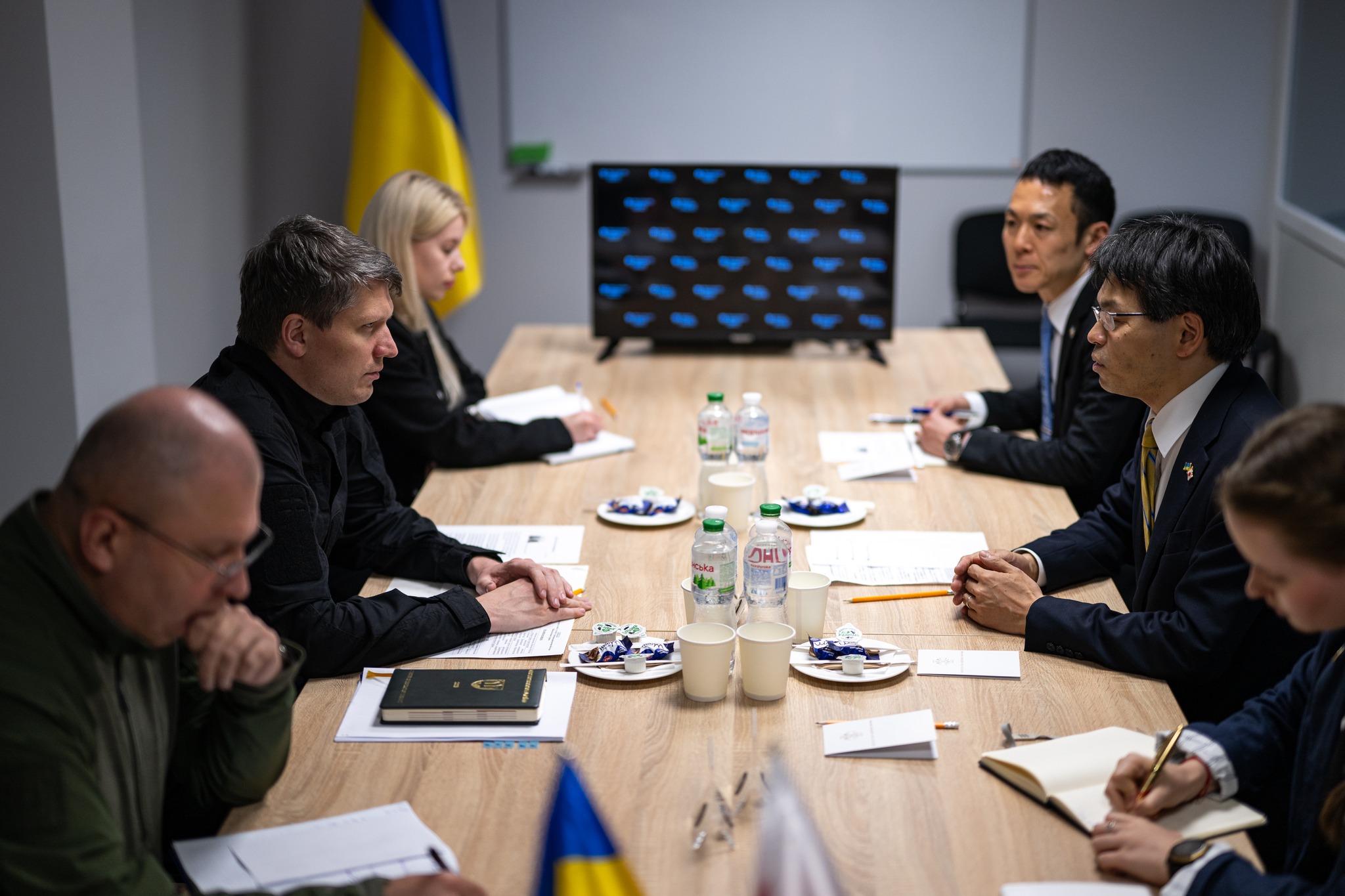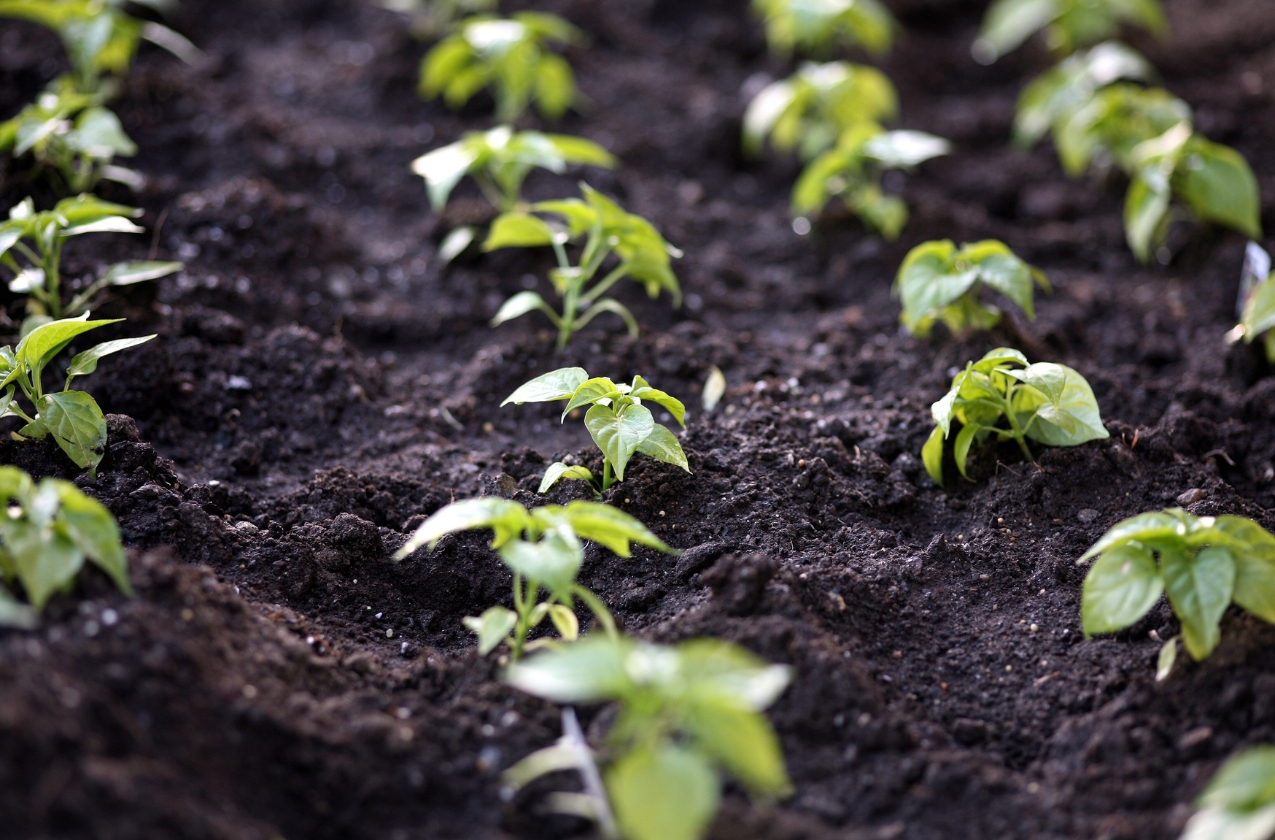Landslides are a negative natural phenomenon that has accompanied Odessa since the Middle Ages. A French engineer realised the ideal interventions for the city.
Just Hauy worked in Odessa in the first third of the 19th century. He was known for his research on the nature of landslides, on the use of groundwater for water supply purposes.
He presented his works in French to the St. Petersburg Academy of Sciences in 1831, thereby making a contribution in the development of Russian engineering science. Gayui proposed a model of education landslides, which was recognised by all subsequent geologists and engineers. His activities in Odessa developed in cooperation with other engineers in several directions, contributing to the successful development of the city of Odessa.
Among Hauy's projects in Odessa:
- Detailed plans for the water gully, design of tent design for the wells 1825.
- Artesian well in a Water Beam 1833.
- The lighthouse on Bolshoy Fontain, which was very important for the functioning of the port Odessa 1815-1827.
- He took part in the construction of the Odessa Quarantine.
- Project of the building of the Odessa port ensemble.
Hauy participated in the creation of detailed plans for the Water Gully, projects of tents over wells, the search and development of water sources (including, a swarm of artesian wells in the Water beam in 1833). Water beam, one from the largest Odessa ravines, stretching to the sea up to Peresyp. A rivulet flowed along its bottom. In the Water Beam already by 1797 there were more than two dozen wells, water from which was transported in barrels to the young city. The presence of water here and gave the name to the ravine. Lack of space the location of the city of Odessa was the lack of large water sources. Attempts to find drinking water were unsuccessful. The underground water was at a shallow depth, but it was not suitable for consumption (it contained a significant amount of mineral salts harmful to humans: gypsum, sulfuric acid magnesia, Glauber's salt, etc.)

Wells became the first and for a long time the main method of water extraction in Odessa. In the first years after the founding of the city, in the Water Beam area, more than twenty wells. Extracted water on carts in barrels was transported around the city. Although soon there were found sources of fresh water (so on called "fountains", from the English. fount: source), but their resource was insufficient for the city. The water from the "fountains" was much better than well water. Water from them sometimes poured out intensely, like from man-made fountains. New sources waters gave the name to entire areas of the city: Bolshoi (Big) Fontan, Maly (Small), Ryshkovsky, etc.
Wells and "fountains" could not meet the needs of the rapidly growing city for water. After the refusal of the Odessa City Council in allocating funds for the water supply system (1808) in the 1820s. residents of Odessa have created their original structures for collecting rainwater - the so-called "cisterns": water from roofs through drainpipes it got into underground brick and ceramic channels, then into the tank. The water was purified by passing through filters from gravel and charcoal, accumulated in tanks. By 1850, there were more than 150 cisterns in Odessa. Design and arrangement of wells, "background tans "and cisterns was included in the sphere of engineering interests of Hauy.

Sources of "fountains" gave "sweet" fresh water, and the wells gave "bitter" water. The areas of Fountain was called the "sumerhouse suburb of Odessa". At the end of the XIX century, there was a conducted steam tram - small steam locomotive and several carriages. Later an electric tram appeared, built by the Belgian society.
Names Small, Medium and Big Fountain is associated with the geological features of the area in which they were located (Sixteen kilometers away from the center of Odessa). The lighthouse and monastery in those years became an important landmark of the Big Fountain.
Hauy is one of the main specialists, who created the ensemble development project The port of Odessa as a whole, as well as a separate structures, including Odessa Quarantine (with the participation of V.E. Apostoli, F. de Wollant, I.I. Circle, G. Morozova, K. Potier, J. Frapolli, F. Shalya and others).
The history of Odessa began from 1794, from the rescript of Empress Catherine II on the founding of the city and the harbor on the site of the ancient settlement of Khadzhibey. The city was built according to the plan of the engineer-colonel of the Russian army François Sainte de Wollant. Quarantine was a part of this plan. In the rescript of Catherine II dated May 27, 1794 about the founding of Odessa, the following was written about Quarantine:
"We desire to extend Russian trade to the Black Sea and respecting the favourable position of Hajibey ... We recognised it necessary to arrange such a military Trade harbor with a dock for merchants ships .., settling in this place of customs and We regard quarantine as necessary, and therefore do not leave to bring the states these to Our statement with estimates, required for customs and quarantine buildings"

After founding the port in 1796, a large Quarantine pier was formed, and later also Quarantine stores (warehouses), the barracks for military personnel and admirals. The first temporary quarantine buildings were wooden and on stilts (in the 1860s they were replaced by stone ones). Since 1801 Odessa became the center trade of the Northern Black Sea region and the main port of Russia after St. Petersburg.
During the reign of Paul I, the construction of the port continued (the first project of the port was drawn up by De Wollant). By order of Alexander II, the harbour was divided into 2 parts: quarantine practical and practical (in 1877, Odessa Quarantine was recognised as the best in Europe). In the first half of the XIX century the Potemkin Stairs appeared in the port, since 1841 the connection of the port with Nikolaevsky Boulevard was completed.
On its 50th anniversary (1844) The port of Odessa was loosing in terms of turnover only to the port of St. Petersburg. Also during the Crimean War, the Odessa coastal battery of four guns under the command of Warrant Officer Alexander Shchegolev managed to repel the attack of an entire Anglo-French squadron (June 10, 1854).

Built with the participation of Hauy the 30-meter 13-lamp lighthouse on the Bolshoi Fontain was very important for the functioning of the Odessa port. In some sources, lighthouse the lights in Odessa are called "Vorontsov" by the name of the governor, in whose reign they were established.
First lighthouse Odessa was founded under Major General Koble in 1815. Construction of the lighthouse on Cape Bolshoi Fontain began on August 2, 1823 at the direction of Count M. Vorontsov on the project of Hauy. The mechanisms of the lighthouse were built by the masters of blacksmiths Iosif Vidon and Dichtel. The cast-iron lantern was made at the Lugansk plant.
Hauy was engaged in tracing of intracity roads (including the design of highways for Richelievskaya, Khersonskaya, Deribasovskaya and other streets in the 1820s), the design and construction of stone arched bridges across the Quarantin Beam (together with the architect A. Digby) on the street and Sikardov Semi-Bridge (1822-1825).















